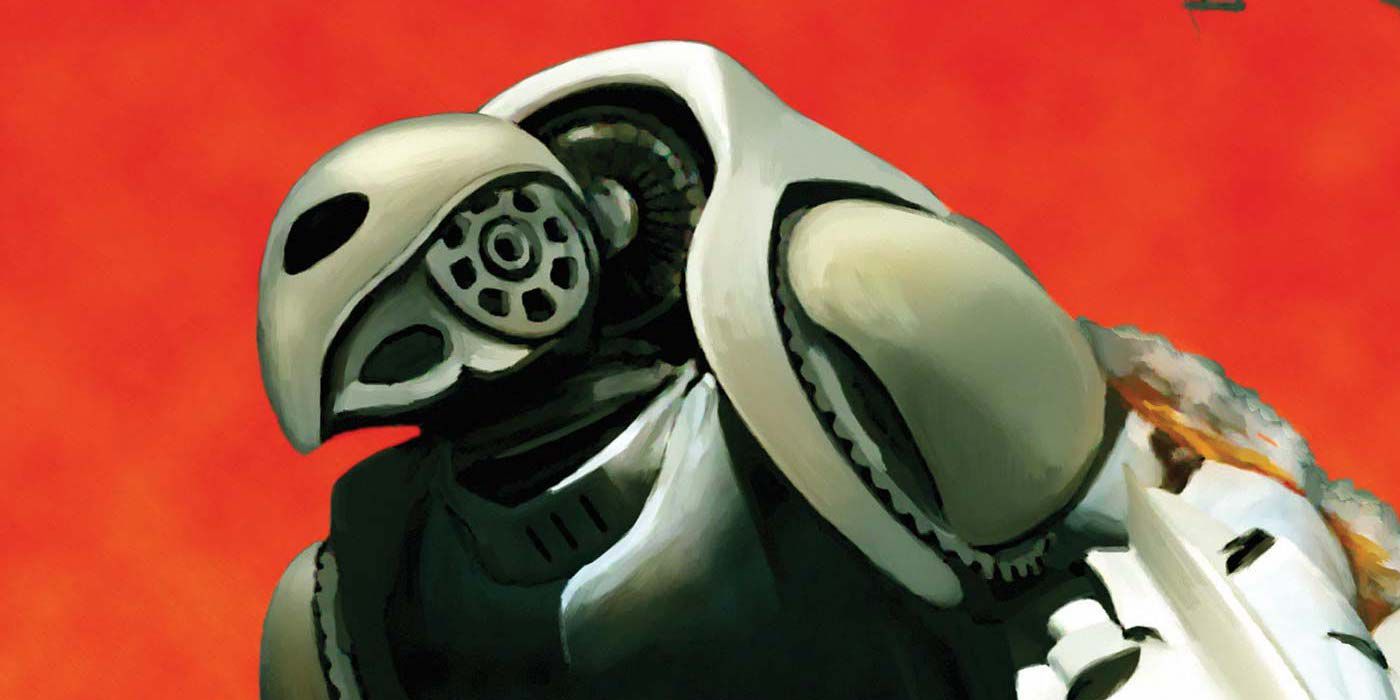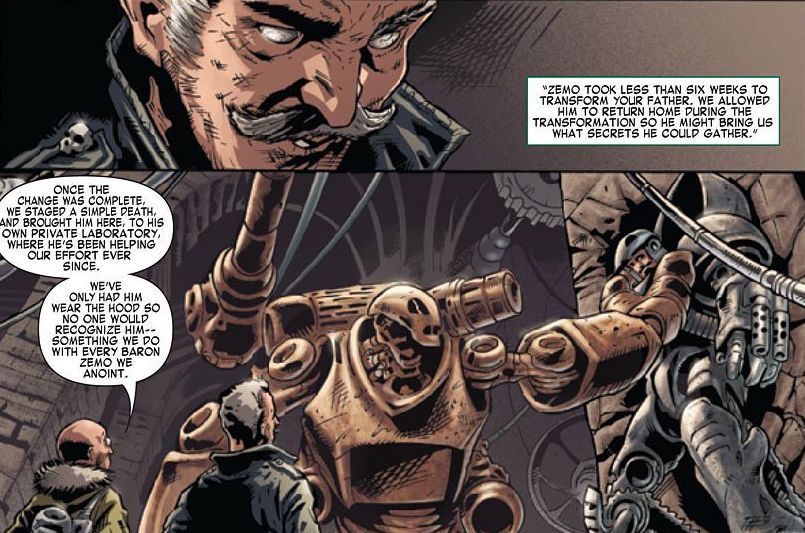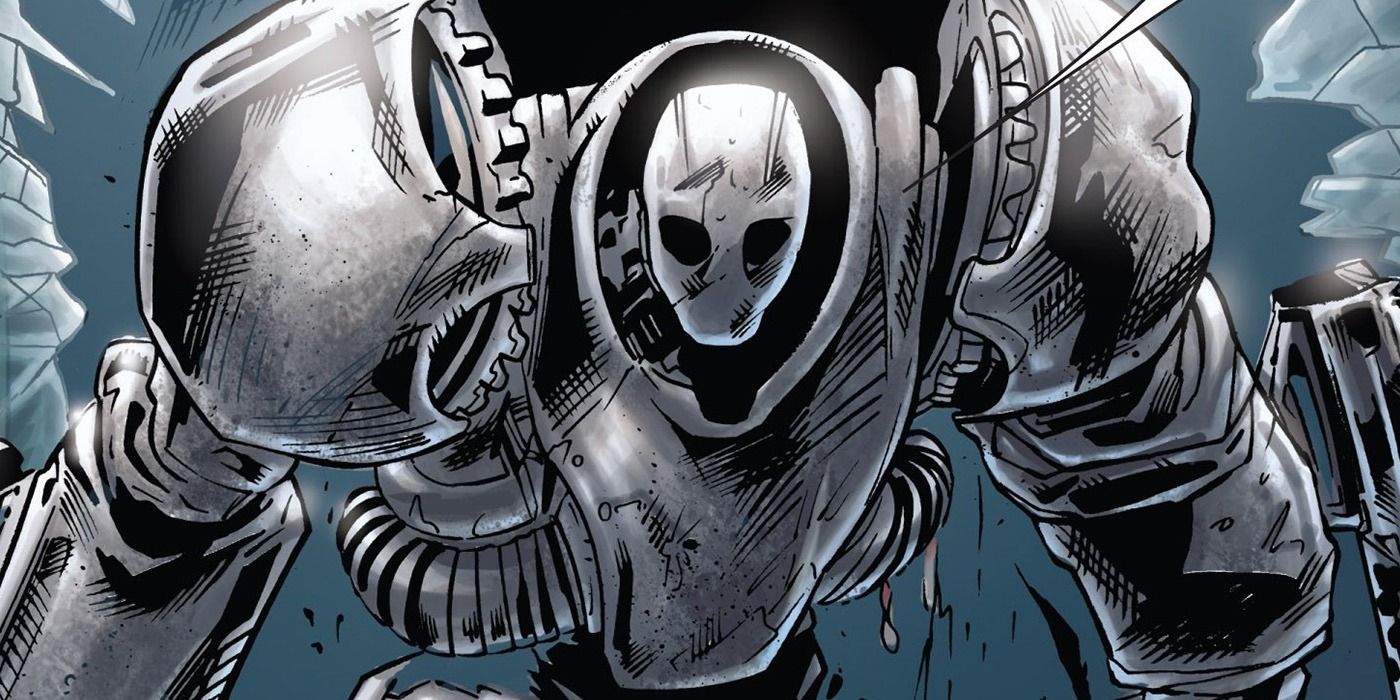Iron Man is a Marvel hero who seems to have it all. A billionaire, playboy, and genius inventor turned superhero, Tony Stark seems to live a startlingly glamorous life many would be envious of. But underneath that shiny, armored suit lies a much sadder reality.
Aside from being able to talk himself out of almost any situation, there is nothing more familiar to Tony Stark than the idea of legacy. Before he officially became Iron Man, the pressure of living up to his family's name hung high over Tony Stark, with his late father, Howard, casting a long shadow over his actions as a character. Like Tony, Howard possessed a brilliant, inventive spirit and founded their family company, Stark Industries. But when he and Tony's mother, Maria, were tragically killed in an accident when he was young, an emotional void was created in their son that would take him years to overcome. Without his father, finding a mentor figure became a vulnerable area for Tony.
This crucial thematic combination of legacy and father figures for Iron Man is explored in Scott Snyder's Iron Man: Noir series from 2010, providing a dark spin on his origin story in the Marvel Cinematic Universe (MCU). In Jon Favreau's Iron Man (2008) film, Tony Stark (Robert Downey, Jr.) discovered that his mentor and close friend of his father's, Obadiah Stane (Jeff Bridges), was secretly arming terrorists with Stark Industries technology. Stane arranged to have Tony killed so he could take full control of the company. Not surprisingly, this came as a major shock to Tony, considering that he had looked up to Stane for guidance as a father figure over the course of his life.
In contrast, Iron Man: Noir takes place in 1939, where Tony lives a romantic life gallivanting around the world as an adventurer and antiquarian. Rounded out by a creative team with pencils by Manuel Garcia, inks by Lorenzo Ruggiero, colors by Marta Martinez, and letters by Dave Sharpe, Snyder's series follows Tony's search for the Lost City of Atlantis with the help of his best friend, James Rhodes (Rhodey), and his new travel writer, Pepper Potts. After locating the Lost City and the Trident of Poseidon, the characters were captured by Nazis Baron Strucker and the masked Helmut Zemo, who had been carrying out expeditions of their own to find artifacts of great power to use for their own evil ends. In a moment of horror in Iron Man: Noir #3, Zemo removed his mask to reveal that he is actually Tony's own father, Howard Stark, long thought to be dead, but now more alive than ever.
Howard Stark Becomes Tony's Evil Double in Iron Man: Noir.
In both stories, Tony discovers that his mentor figure is actually a terrible villain, but Snyder's writing reverses the mechanics of this dynamic to call attention to the shortcomings of Tony's lifestyle. As opposed to Tony's mentor revealing himself to be his enemy the whole time, like in the Iron Man film, Tony's enemy is revealed to be his own mentor. The reversal of this story element presents a much greater psychological, existential, and moral obstacle for Tony to overcome, because he is forced to see himself in the face of his own enemy. For many years, Tony had wanted to live up to the legacy of the man who shaped him, only to discover in this moment that the man himself had transformed into his enemy.
After explaining how the Nazis brainwashed Howard to transform him into Helmut Zemo, Strucker taunts Tony, telling, "In a strange way, this version of your father, brilliant but entirely selfish, oblivious to the needs of others, has more in common with you than Howard Stark ever did." Knowing the close relationship that Tony had with his father and his father's legacy, Strucker's words heighten this disturbing and uncanny situation for Tony by calling attention to the similarities between him and Zemo. Though Tony and Zemo stand on different sides of the moral spectrum, the core, selfish traits that they both exhibit bring them together in a way that Tony would never want to acknowledge.
The use of this particular enemy-revealed-to-be-mentor dynamic works as a rude awakening to the darkest parts of Tony's character. The image of an evil version of his own father presents Tony with a glimpse of where his worst impulses might guide him if he were to fail to keep them in check. To an extent, Strucker is correct that he is "selfish" and "oblivious to the needs of others." The fact that he shares this in common with this Helmut Zemo horrifyingly implies that Tony is more like this evil double than his own father.
This is a major breakthrough for Tony Stark, as it sets the stage for his character's dueling altruistic and selfish sides present in many Iron Man stories. After defeating the Nazis and escaping with the help of a cantankerous Namor, Tony decided that his days of escapism and expeditions are over. His run-in with these foes opened his eyes to the alarmingly real threat of Nazi Germany, resulting in his declaration that, "Right now, maybe we need some men–good men–who engage the world, not just escape it." Like with his MCU version, Tony's life as Iron Man is a concerted effort to use his resources for altruistic purposes, instead of personal gain.
Iron Man: Noir forces Tony Stark to recognize most unsavory aspects about himself as a public figure. The Iron Man film also depicts this same transformation for its title character, albeit within the backdrop of Stark Industries role in the contemporary world. By reversing the relationship that Tony has with his enemy, Scott Snyder puts a darker spin on his MCU origin that is nothing short of an audacious reexamination of the core elements of Iron Man's character. Though he may always be concerned with the idea of legacy, the series leaves room for Iron Man to build his own outside the shadow of his father's work.



